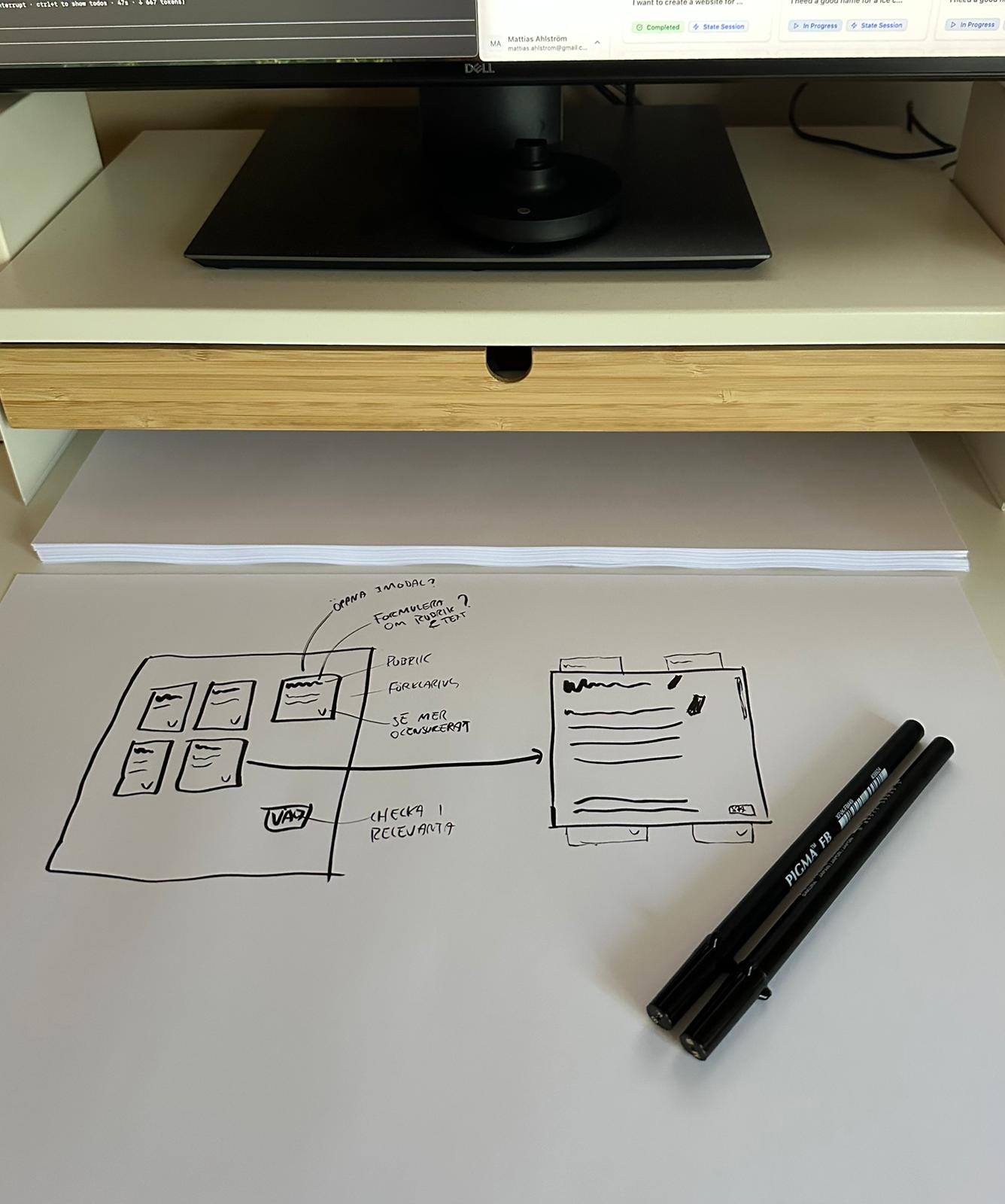Here is the leadership study platform that I wish existed
Most leadership courses start backwards. “This is active listening” and ”these are the five stages of X and y” instead of asking what you already know about it.
They treat working professionals like empty vessels. You sit through basic definitions when what you need are frameworks for the actual situations you face.
Someone might have a brilliant way to think about difficult conversations, but you have to wade through “communication is important” to find it. Then you get stuck taking tests on team development stages when you’ve been managing people for years.
The platform I want would start with your actual problems.
You tell it about the team member who pushes back on every decision. The stakeholder meeting that always goes sideways. The conversation you’ve been avoiding for weeks.
Then it creates scenarios based on your real context. It pulls from expert knowledge but tailors everything to situations you recognize.
No gatekeeping quizzes. No forced progression through modules you don’t need.
The AI learns what you can handle by watching how you think through problems. It escalates complexity naturally as you work through challenges that actually matter to your job.
Learning happens while you solve real problems.

